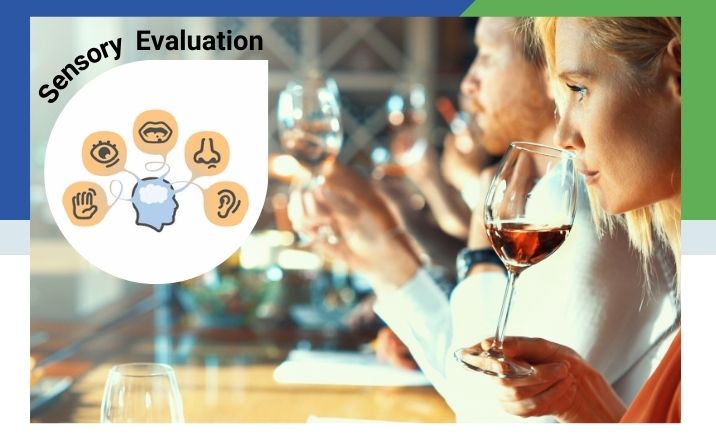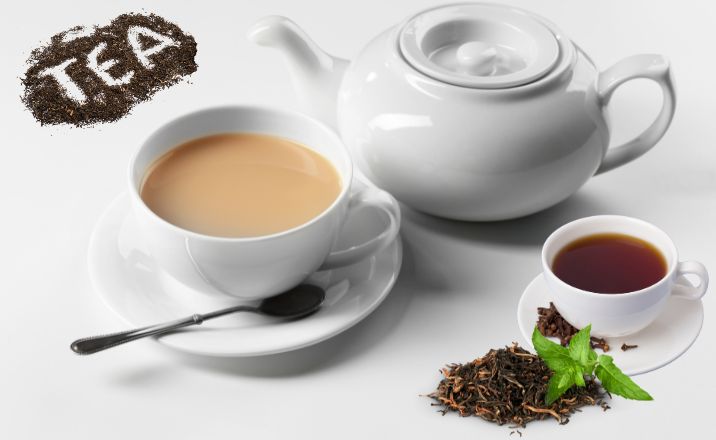The Importance and Techniques of Sensory Evaluation in the Food Industry

Introduction
Food sensory evaluation is the ultimate criterion for the desirability of any food product. Other attributes, such as colour, appearance, and flavour, play an equally important role in either enhancing or reducing the acceptability of food. For example, while raw eggs are a rich source of protein, many people prefer consuming them as boiled eggs or omelettes, which taste better and are believed to be free from bacterial contamination. Sensory evaluation, therefore, plays a crucial role in determining the overall appeal of food products. In this blog, we will explore the importance and techniques of sensory evaluation in the food industry.
What is Food Sensory Evaluation?
Food Sensory evaluation refers to the assessment of the organoleptic properties of food—such as colour, appearance, and aroma—using human sensory organs. It complements objective evaluations, which measure chemical and microbiological parameters like pH, sugar, cholesterol, protein content, and the presence of pathogens. While objective evaluations are vital for ensuring the chemical and microbiological safety of food products, a product must also pass sensory evaluations to be truly acceptable to consumers.
Why Carry Out Sensory Evaluation?
Food Sensory evaluation is critical in the food industry because it determines how consumers will approve a food product. The five primary sense organs—nose, ear, tongue, eyes, and skin—help evaluate various sensory characteristics of food, such as:
Appearance: Indicates surface characteristics, e.g., black spots on brinjal suggesting insect infestation.
Color: Used to assess ripeness, e.g., of bananas, tomatoes, and mangoes.
Flavor: A complex sensation comprising odor, taste, and mouthfeel.
Odor (Aroma): Due to volatile chemical compounds interacting with olfactory receptors. High temperatures tend to volatilize aromatic compounds. For ex. Spices when not stored properly tend to lose their aroma.
Taste: Registered by taste buds, e.g., sweet cherries preferred over sour ones.
Mouthfeel: Mouthfeel is the perception of textural qualities of food, such as grittiness, stickiness, hardness, crispness, brittleness, crunchiness, spiciness, etc. For example, a crisp wafer is more desirable than a soggy one.
Unlike the objective tests, sensory evaluations do not need any sophisticated equipment’s. They provide a quick and ready reference to the quality of product.
Who Should Conduct Sensory Evaluation Tests?
Food Sensory evaluations should be carried out by food producers at various stages of production. These evaluations help:
To understand the consumer preferences in case of new product developments.
To understand the effect of process variation on organoleptic properties of a food product. Process variation may be necessary for better storage stability, better packaging options or for process simplification of a product.
To detect off-quality of raw materials and/or products during manufacturing, packaging and marketing.
To determine the Shelf-life of a food product.
Prerequisites for Conducting Sensory Tests
Trained Panel Members: Should be healthy, with normal sensory capacities and adequate training to differentiate quality characteristics.
Testing Laboratory: Should include:
Reception & Briefing Room: For assembling panelists, registering, distributing evaluation cards, and briefing on the test.
Sample Preparation Room: For preparing samples.
Test Booths: Adjacent to reception and preparation rooms, with a pleasant, noise-free, and odor-free environment, appropriate lighting, and air-conditioning.
Critical Points of Sensory Evaluation
Identical Preparation Method: All processing variables for a product like temperature, time of boiling, quantity & composition of water, blending, etc. should be controlled to ensure sample uniformity.
Uniform Sample Presentation: Variation in sample size, temperature and serving utensils should be strictly avoided. Coding should be done to obscure the identity of the sample & proper order of presentation as per the experimental design should be followed when test involves more than one sample.
Special techniques of smelling & tasting of product: These should be used to perceive the aroma & taste more clearly.
Ideal testing time: Generally, 10-12 am in the morning when the panel members are fresh. The tests can also be carried out one hour before lunch.
Number of samples: Number of samples served in any one session should be optimum and should not produce any kind of fatigue for the panel member which may lead to errors in results.
The design of the experiment: It should be decided on the basis of the accuracy needed & the amount of sample available.
Types of Sensory Tests
There are different types of sensory tests employed for food evaluation.
A. Hedonic rating test: It is a 9-point scale ranging from “like extremely” to “dislike extremely”. Scales with other phrases can also be used like in case of texture characteristics it may range from “extremely soft” to “extremely hard”. These tests are carried out either to rate the sample or to find the difference between two samples on the basis of sensory characteristics. This is the most widely used evaluation food industry.
B. Triangle Test: This test consists of two samples which are identical and one sample which is different. This type of testing is useful in assessing the competitor product or in case of assessing a new product attribute for an existing product.
C. Numerical Scoring Test: In this case the various sensory attributes of product are rated as being poor, fair, good, very good and excellent. The questionnaire should be prepared carefully for each test.
There are other sensory evaluation tests like Duo Trio Test, Multiple Paired Comparison, Composite Scoring Tests, and Sensitivity Tests etc.
After the evaluation is over asuitable statistical analytical technique is used to measure variables & establish the significance of results.
Choosing the Right Sensory Evaluation Test
The selection of test method will depend on the objective of the test, accuracy desired & personnel available for conducting the evaluation.
Interpreting Sensory Test Data
Differences in perception of individuals, error of habituation, logical error; emotional burden/stress etc. may influence an individual’s ability to assess a product without bias. Therefore, sensory evaluation tests alone should never be used to determine the quality of a food product. Sensory evaluation becomes truly beneficial for the food manufacturer only when the subtle correlation between sensory and objective tests is understood.
Conclusion
Food Sensory evaluation is a vital component in the food industry, helping manufacturers ensure their products are both safe and appealing to consumers. By integrating sensory evaluations with objective tests, food producers can achieve a comprehensive assessment of food quality, ultimately leading to greater consumer satisfaction and product success.






